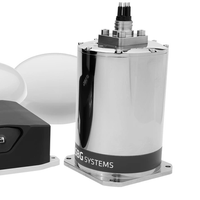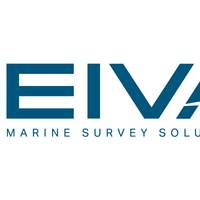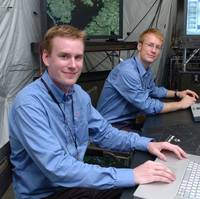SBG Systems' INS Chosen for Shom Fleet

Shom, the French national hydrographic and oceanographic office selected SBG Systems’ inertial navigation sytems to renew their whole fleet of INS. They chose Navsight Apogee INS for their speedboats and survey vessels for both shallow and deep-water real-time bathymetric surveys and Qinertia PPK software for post-processing tasks.Shom has 3 major objectives: national hydrography and cartography, defense support in hydro-oceanographic fields, and support in maritime geospatial products and services for public policies on the sea and the coast.
Swedish Navy Receives AUV's

During November and December 2011 the Swedish Navy received the last two of four state of-the-art AUVs (Autonomous Underwater Vehicles) from the Danish company EIVA a/s. The AUVs are equipped with advanced sensors in the form of sonars and underwater cameras and they are designed to operate autonomously underwater following a mission route planned ahead. There is a multitude of purposes for which the AUVs can be used. For instance mine detection, visual inspection of the seabed, location of mission objects etc.
SeeByte Provides SeeTrack Military Training to the Polish Navy

SeeByte, the global leader in creating smart software technology for unmanned systems, has successfully provided the Gdansk University of Technology (GUT) and the Polish Navy full training to accompany their recent purchase of SeeByte’s SeeTrack Military software. Having acquired SeeTrack Military earlier this year, SeeByte’s team trained two engineers from GUT and two members of Poland’s naval staff, including Lieutenant Adam Polak of the Polish Naval Academy, at SeeByte’s headquarters in Edinburgh.
Sea Technology Report
The Woods Hole Oceanographic Institution (WHOI), the largest independent institution of its kind in the world, recently began developing a new piston corer for retrieving sediments from the ocean floor. Once complete in 2006, the deep-water coring system will be the largest in the U.S. and among the biggest in the world. The corer’s enormous weight — 25,000 pounds — coupled with the environmental demands associated with working in water up to 20,000 ft. deep presented major technical challenges to the system required to lower the corer to the sea floor then recover it, along with its ancient sediment samples. Located in Cape Cod, Mass.…





